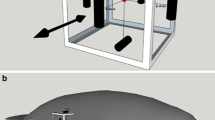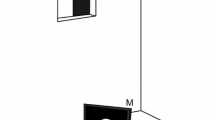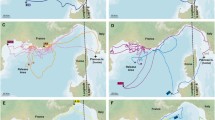Abstract
Salinity variations can be considered as a potential source of information for orientation in the marine environment. To use this kind of environmental information marine animals must be able to detect these salinity differences. Therefore we determined salinity-difference thresholds of two harbour seals for the discrimination of seawater solutions as a function of the salinity level (15–35‰) and compared them with the thresholds of human subjects. Whereas in humans thresholds increased with increasing salinity level, thresholds of seals decreased with increasing salinity level. Both seals achieved best sensitivity at 30‰ salinity, where they detected a salinity difference ≤4%. These data indicate that the ability of seals to detect salinity differences of seawater is well tuned to the natural occurrence of this environmental information. Their high gustatory resolving power for differences in seawater salinity is suggested to meet the basic requirements for chemosensory orientation of seals in the marine habitat.
Similar content being viewed by others
Author information
Authors and Affiliations
Additional information
Received: 10 February 2000 / Accepted in revised form: 19 September 2000
Rights and permissions
About this article
Cite this article
Sticken, J., Dehnhardt, G. Salinity discrimination in harbour seals: a sensory basis for spatial orientation in the marine environment?. Naturwissenschaften 87, 499–502 (2000). https://doi.org/10.1007/s001140050767
Issue Date:
DOI: https://doi.org/10.1007/s001140050767




